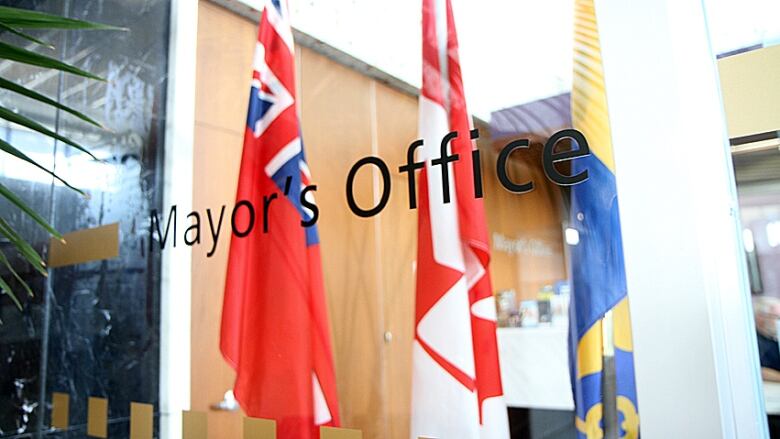5 questions Hamilton's new council will have to ask itself

On Wednesday, Hamiltons next city council will be sworn in. It will have four new members and a new mayor inFred Eisenberger, who was also mayor from 2006 to 2010.
The inaugural meeting on Dec. 3 will be largely ceremonial in nature. Eisenberger will give an inaugural address, and the city's children's choir will perform.
Here are five questions the new city council will have to ask itself in itsnext term:
1. Do I want Hamilton's housing boom to go up or out?
Hamilton is in the midst of a housing boom, and it will be up to the new council whether that boom happens in the form of sprawl or infilling and condo projects.
This doesnt happen all at once, but vote by vote, council will shape the future housing market through planning and zoning decisions, rules that encourage certain types of development and how easy it is for developers to build.
The most recent example of housing-related growth is the Stoney Creek Urban Boundary Expansion (SCUBE), which will see Fruitland and Winona grow by a projected 21,000 residents over the next 20 years. Waterdown is also in the midst of a housing boom, with new subdivisions causing traffic snarls around the village. The city fought the Waterdown expansion and lost at the Ontario Municipal Board, and thats where SCUBE will likely be decided too.
But with each planning meeting, council will influence development in its decisions and philosophy.
2. Do we want light rail transit?
It was discussed ad nauseum during the election, and the $1-billion LRT issue isnt going away. The proposed line would run 13 kilometres from McMaster University to Eastgate Square and require reconfiguring traffic along Main and King in Hamiltons downtown.
The province has allocated $15 billion for transit in the Greater Toronto Hamilton Area. LRT advocates hope that means $1 billion for Hamilton. Those against LRT, such as former mayoral candidate Brad Clark, saythat money is all but spent on other projects, such as the electrification of GO service.
It will be up to the new council to advocate or not for a portion of that money, and to make decisions that are either for or against LRT. Council has voted twice in favour of LRT, but some have expressed wavering support, and there are now four new votes at the table. Eisenberger pledged a citizens panel during the election.
3. How should Hamilton present itself at thePan Am Games?
The 2015 Pan Am Games are in July, and the new council will make decisions related to getting the city ready for the world. Those decisions include aesthetic ones, such as signage and landscaping around the city, as well as how it will handle the tourism and marketing of Hamilton during the games.
4. Should itfight the gasification plant?
The U.S.-based company Leveraged Green Technologies (LGT) wants a 20-year lease for a waste-to-energy gasification plant on Pier 15 on Hamiltons harbour front. The citys only direct authority over the project is zoning, which LGT could challenge at the OMB anyway. But the upcoming council will have to decide whether to exert its political and legal influence to fight the project at the provincial level, and to encourage other levels of government to push against it.
It has a waste treatment issue of its own too. The city plans a $111-million sewage sludge treatment plant on Woodward Avenue, and many details for it are still outstanding. Thosewill have to be OKd by the new council.
Whether it be with the gasification plant or the sewage sludge treatment plant, the past council stressed that it didnt want Hamilton taking waste from other areas.
5. How many citizen voicesdo we need?
One of the first topics coming before the new council will be how citizen voices are heard at city hall.
The city has 68 volunteer advisory committees more than 20 more than Toronto has. Staff estimatethey havecost the city more than $400,000 over the last four years. Refreshments alone have cost $9,200.
But many argue that these committees are important. Staff recommends, for example, merging its Aboriginal advisory group with its advisory groups on the status of women, immigrants, anti-racism and LGBTQ. They would all be merged into a new diversity, race relations and equity advisory committee.
Given that the new council will have Hamiltons first openly gay councillor and first black councillor, it could be an interesting debate on whether all of these committees are necessary. The new council will also, likely in the next two months, vote on whether to follow the advice of its committee for anti-racism and develop an anti-racism resource centre.












_(720p).jpg)


 OFFICIAL HD MUSIC VIDEO.jpg)
.jpg)



























































































